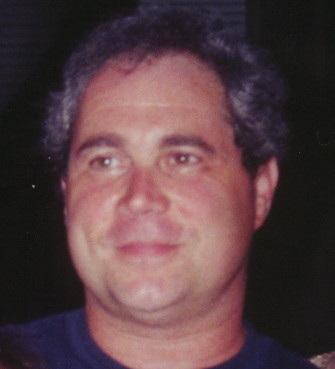Q: About 7 years ago, I bought a "fixer upper" home that had a resident weeping willow. The tree was pretty sickly and maybe only 12 inches in diameter with a split at the center where there was an oozing of some sort, and multiple bore holes in the trunk.
I had asked someone at a local nursery about it and he said to take it out because it probably would die soon. I wanted to let it go one more year and asked for something that might kill the bugs that made the holes. He gave me something which I applied, and cut away all the dead branches.
Seven years later, and the tree is massive and extremely beautiful. I even had a landscape architect design a water garden complete with two waterfalls, two streams and a pond around this tree. It was finished in November.
Now that all the leaves have fallen, I have notice a very large amount of dead branches and many dried branches that have similar bore holes as when I first moved in. There is still new growth sprouting from these branches, but I fear they will die off too.
Also, at the old wound, I saw what appeared to be sawdust just under the bark and when I scraped it away, hundreds of small ants (similar to the grease ants that get in the house).
My question is: Should I worry that I am going to lose this tree?and if so, is there anything on the market that can ward off any impending infestation of bugs or disease?? I really really don't want to lose this tree.
In regards to the sawdust, it is an indication that there is decay within the tree, something that is quite common in willow trees. The ants are there to exploit the decay -- they clean out decayed areas to create galleries in which to place thir eggs.
They do not eat the wood, so they really aren't harmful to the tree, but their presence indicates the possibility of structural weakness due to the decay.
I recommend that you have an arborist make a close-up inspection of the tree. He or she can make a better determination after seeing the tree as to whether the decay is significant enough to warrant removal or not.
If the decay is limited to the old wound, the tree may be OK enough to keep, but only a hands-on inspection can determine this.
To secure some advice in this matter, you can find a Consulting Arborist at www.asca-consultants.org, or a Certified Arborist by visiting www.isa-arbor.com. Both allow you to search in a number of ways, including by zip code.








